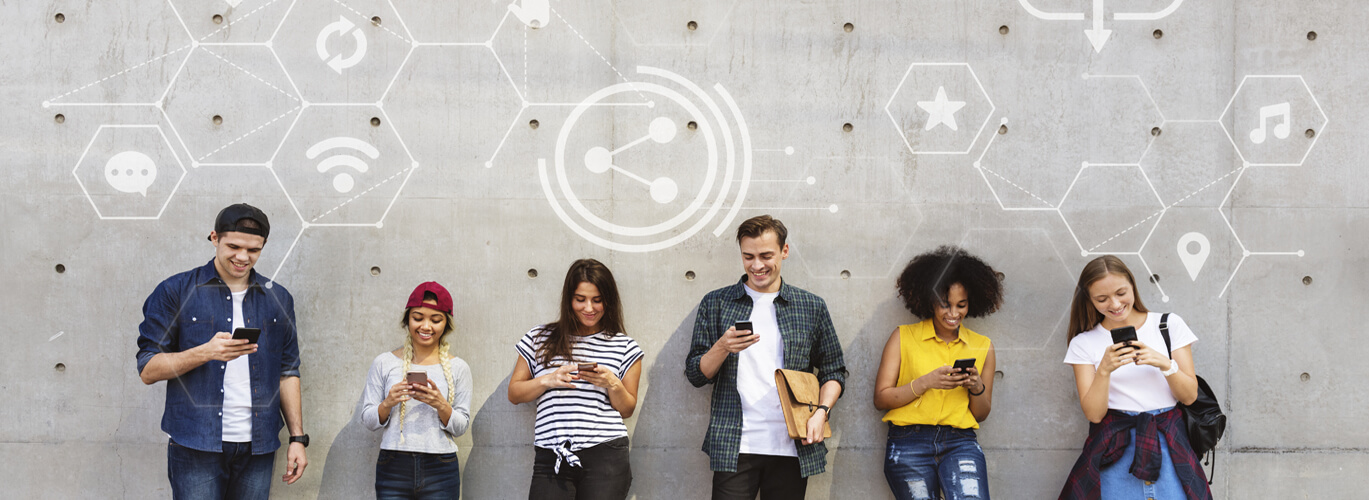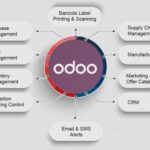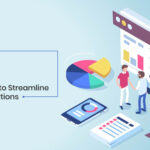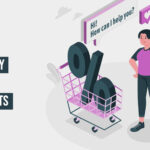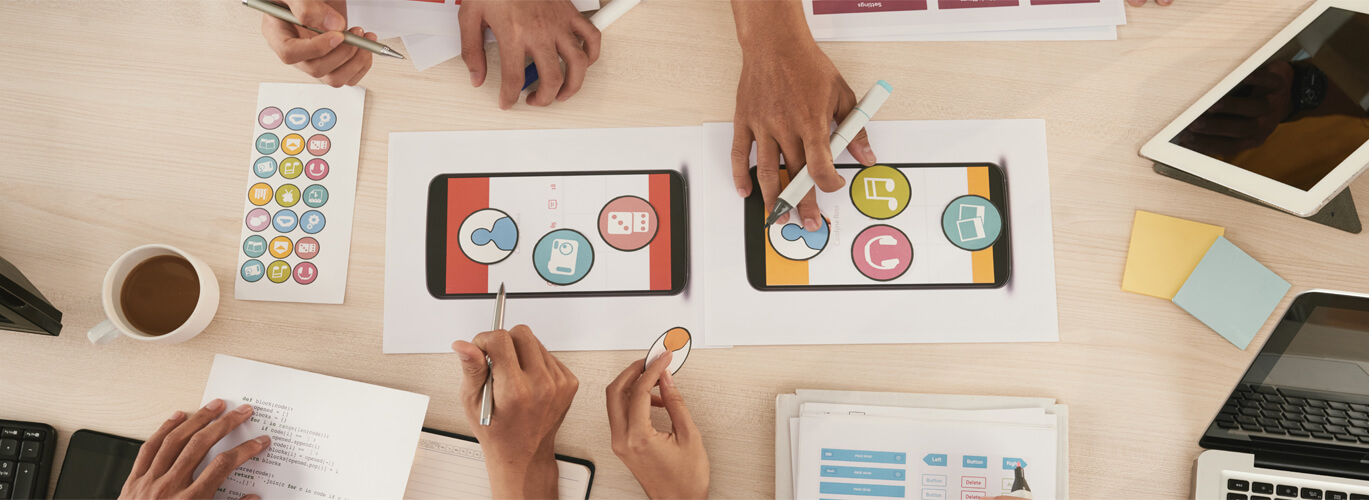What is IoT?
IoT refers to the collection of all those devices that have the ability to connect to the internet and collect and share data, hence the name Internet of Things. So basically there will be a device that collects data from its surroundings, using sensors and actuators, and sends this collected data to the internet where the processing of that data can happen.
How an IoT System Actually Works?
An overall IoT system integrates four main elements: sensors/devices, connectivity, data processing, and a user interface.
- 1
Sensors/Devices
Sensors or devices that gather data from their environment. This can be easy as a temperature reading or as difficult as a full video feed.
Sensors are a part of a device that does more than just sense things. For instance, your mobile is a device that has many sensors like camera, accelerometer, GPS, etc, but your phone is not just a sensor.
Although it’s a standalone sensor or a full device, in this first step data is being collected from the environment by something.
- 2
Connectivity
After that the data is sent to the cloud (what’s the cloud?), but it needs a way to get there!
The sensors/devices can be connected to the cloud over different methods including: satellite, cellular, WiFi, low-power wide-area networks (LPWAN), Bluetooth or connecting directly to the internet via ethernet.
Every choice has tradeoffs between power consumption, range and bandwidth (here’s a simple explanation). Selecting which connectivity option is best comes down to the particular IoT application, but they all achieve the same task: getting data to the cloud.
- 3
Data Processing
When the data gets to the cloud, software performs some sort of processing on it.
This could be very easy, like examining that the temperature reading is within an acceptable range. Or it might also be very difficult, like using computer vision on video to identify objects (such as intruders in your house).
But what happens when the temperature is very high or if there is an invader in your house? This is where the user comes in.
- 4
User Interface
After that, the information is made appropriate to the end-user in any way. This might be through an alert to the user (email, text, notification, etc). For instance, a text alert when the temperature is very high in the company’s cold storage.
As well, a user may have an interface that enables them to proactively check in on the system. For instance, a user may need to check the video feeds in their house through a phone app or a web browser.
Anyhow, it’s not always a direct street. Relying on the IoT application, the user can even be able to perform an action and affect the system. Taking an example, the user could remotely adjust the temperature in the cold storage through an app on their phone.
And some processes are performed automatically. Other than waiting for you to adjust the temperature, the system can do it automatically through predefined rules. And other than just calling you to alert you of an intruder, the IoT system could also automatically alert appropriate authorities.
Why does IoT matter?
The Internet of Things is a huge network of connected devices, and that network is increasing by the minute. There are over 50 billion IoT devices deployed today. In turn this huge network of devices, produce and communicates data with other connected devices or systems. The communication of data is key to the value in IoT, enabling consumers or businesses to get raw information, gain insight, and make an intelligent decision depending on the story the data tells.
The advantages of IoT are significant and more and more companies have started to understand the potential applications for business. Every good side has downsides too, anyhow, revolving around Internet of Things security and standards.
As most of the IoT devices are now consumer-based, like vehicles, smart TVs, wearable exercise monitors, and even refrigerators, businesses are also taking advantage, through smart building infrastructure, security cameras, connected electric metres, industrial control systems, GPS systems, and RFID chips to name a few use cases.
Processors are more economical than ever, and due to plenty of wireless networks, it is now feasible to connect just about anything, turning it “smart,” and with data-generating sensors, developing a new intersection between the digital and physical worlds.
Benefits of IoT
- Minimise human effort
- Improve security
- Save time
- Efficient resource utilisation
- Reduced waste
- Technology optimization
- Enhance data collection
The Future of IoT
The future of this advanced technology within the enterprise is going to be really captivating, to say the least. Smart companies that explore IoT may realise the significant business advantage. For example, a third-party logistics outfit can utilise IoT plus new streams of data and analytics to improve routes, reducing the cost of doing business and growing operating margins.
Even so, like any budding technology, the risks are natural. Problems will begin to evolve from the requirement to address the challenges, from what these things look like, and where they are located to how can the individual or the organisation get the information to an application or a system that’s meaningful?
By connection, integration, and maintenance, how businesses opt to create worthwhile interactions with their data will decide whether the Internet of Things is successful or not.
For most of the organisations, IoT remains unknown territory. And going forward, companies should be able to handle these devices and all the data in a responsible, well-maintained way so as to minimise risk and fully capitalise on the true potential.

